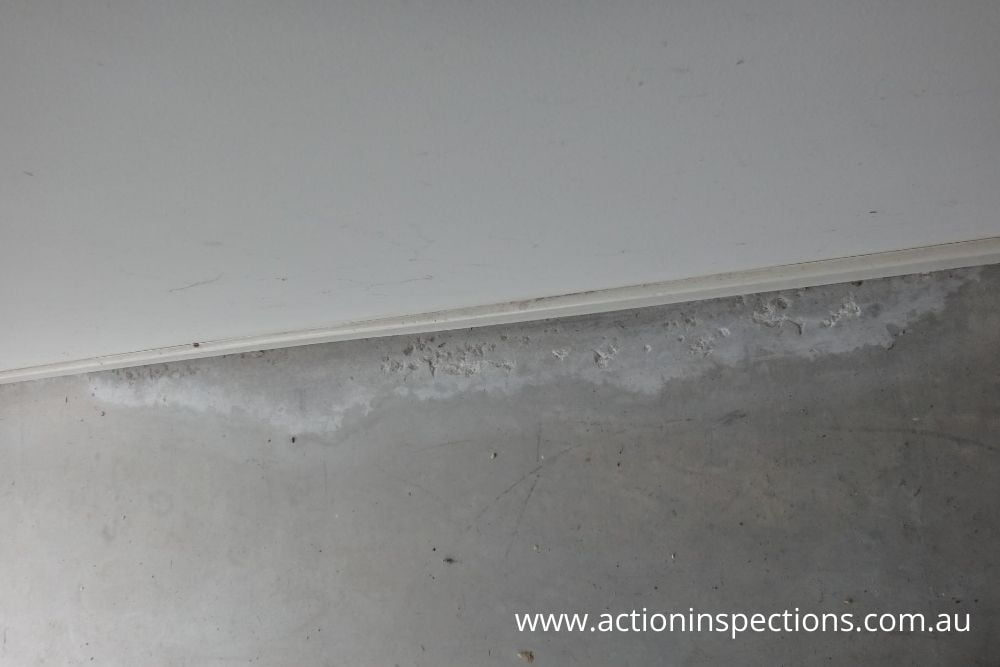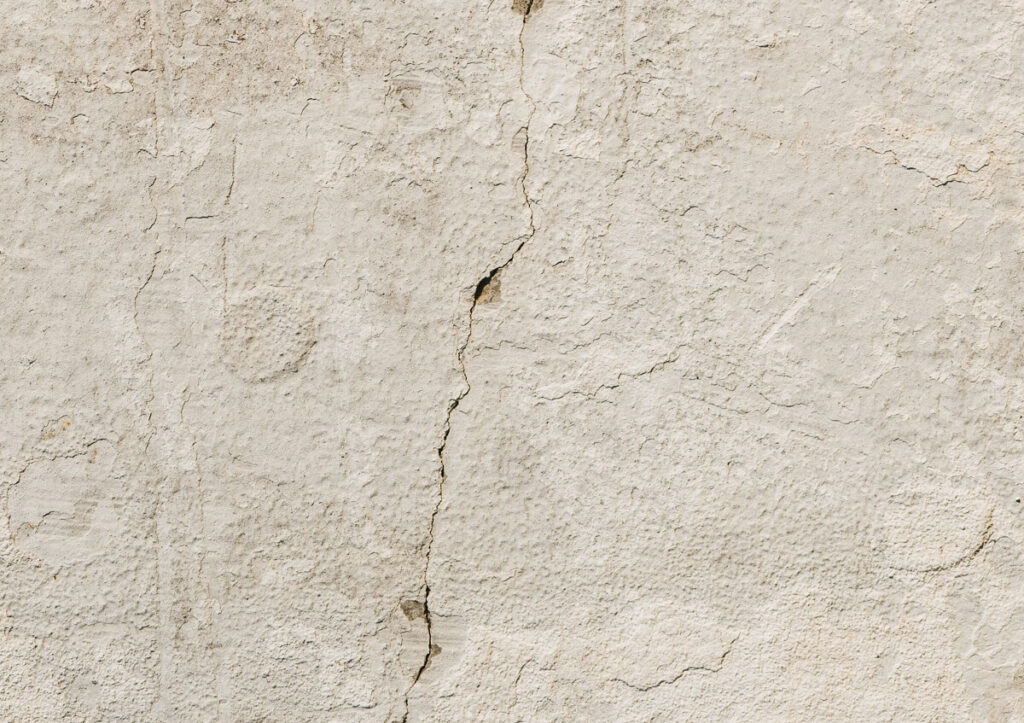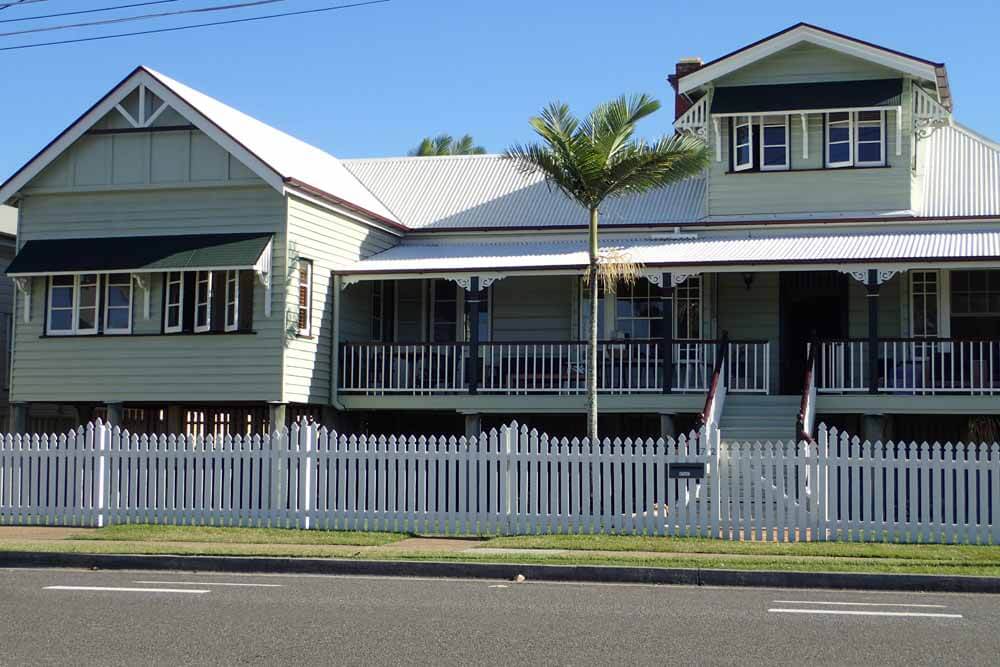You have heard the term concrete cancer, but what does it actually mean? Concrete cancer is the layman’s term for moisture related deterioration of a concrete component. In building terminology it is known as spalling damage or technically alkali-silica reaction. Spalling damage can be both unsightly and structurally devastating if not addressed.
Note that Action Property Inspections is a specialist service for pre-purchase building inspections in Brisbane. We do not offer concrete inspections as a stand-alone service.
Evidence Of Concrete Cancer
Concrete cancer or spalling damage is not something that just occurs in other countries around the world, it is actually very common in the homes I inspect throughout south-east Queensland everyday. Below are just a few of the common areas where we regularly find evidence of spalling damage.
Stumps

Patio Slab
We would recommend regular inspection to the underside of your concrete patio slab where access is possible. Quite often moisture passing through the concrete slab will contribute to spalling damage resulting in concrete breaking away from the underside of your patio slab exposing the rusting steel reinforcement. Repairing waterproof membranes across the surface of the slab may help prevent excessive moisture penetration into the concrete slab. Subsequent patching of the concrete cancer from underneath may help prevent further deterioration and prolong the lifespan of your patio. If the damage has become excessive it will be necessary for an engineer to evaluate the patio structure to determine whether it could be saved or whether replacement is required.
Slab Edge Moisture

Retaining Walls
To avoid decay damage and termite attack many people opt for concrete sleeper retaining walls. The downside is that they often succumb to concrete cancer. If the horizontal or vertical support sleepers are substantially compromised due to the level of spalling damage, then the wall will require replacement. Unfortunately replacing a retaining wall can be a very costly process.
These are just a few of the typical examples of concrete cancer that we detect during building inspections throughout Brisbane on a regular basis. This damage can however occur to almost any concrete structure. To avoid potential costly rectification works we would strongly recommend obtaining a building inspection prior to purchase of any property.
About to go to your first open home inspection and don’t know what to look for? Our Ultimate Guide to Open House Inspections will help you to narrow the field of properties that are likely to be worthy of consideration and those that are likely to be money pits.




